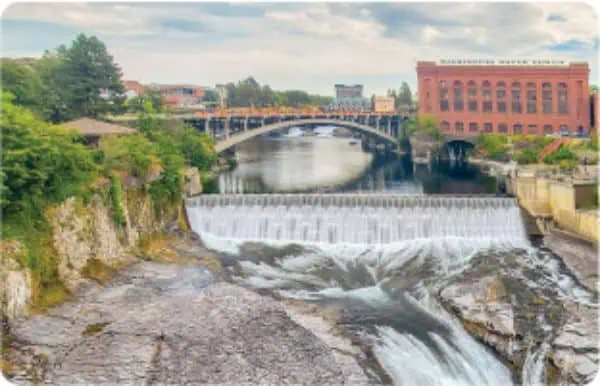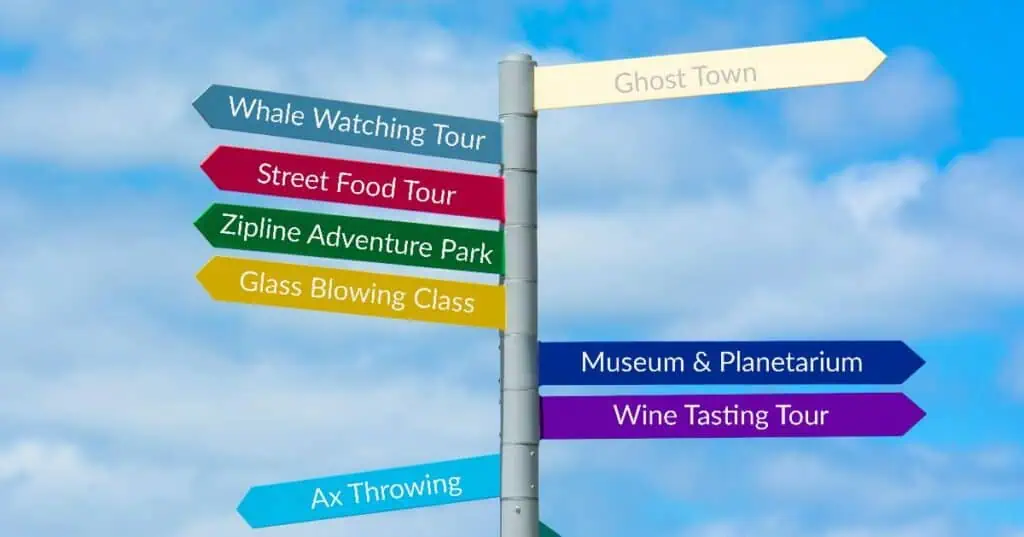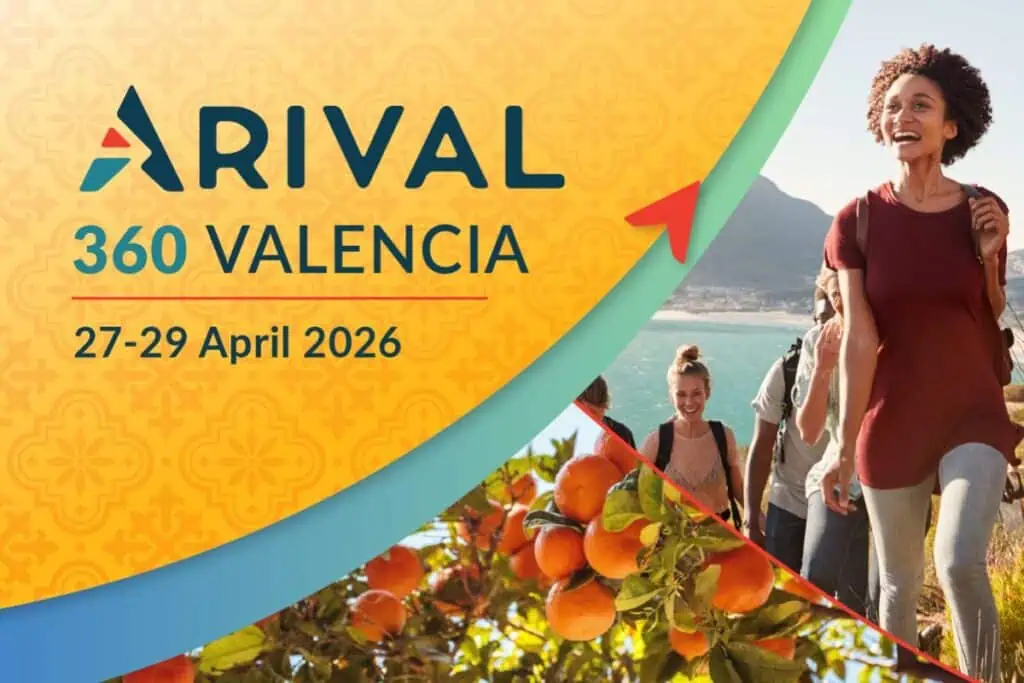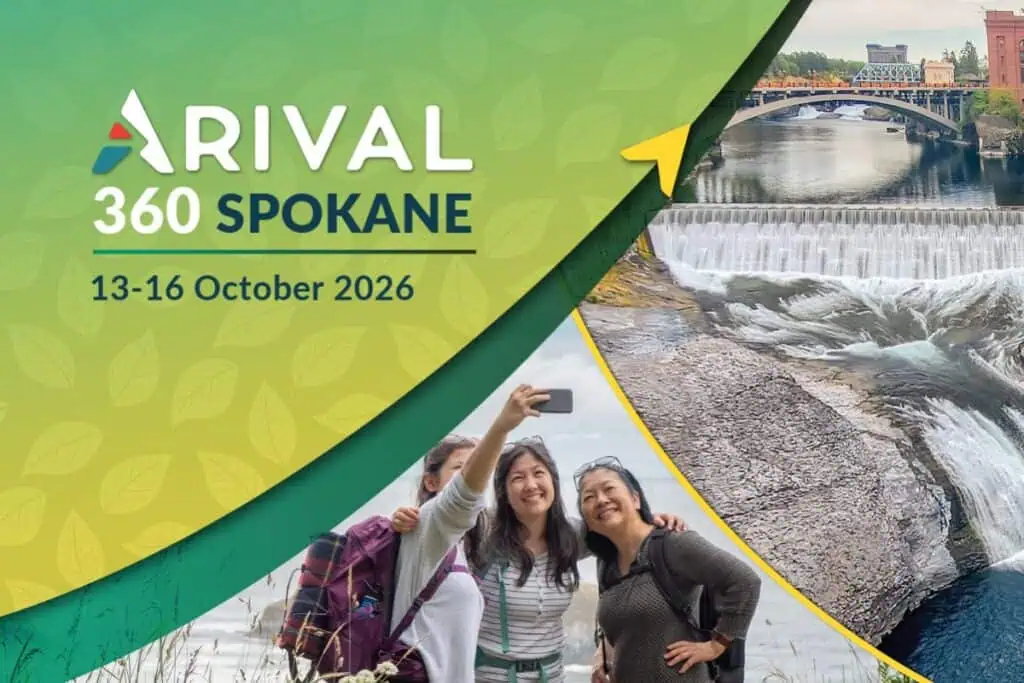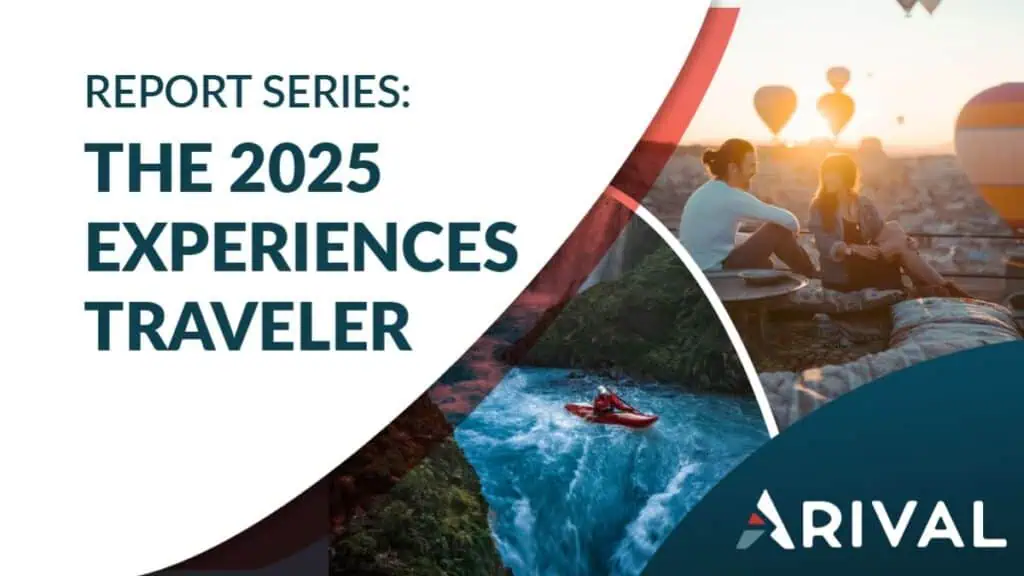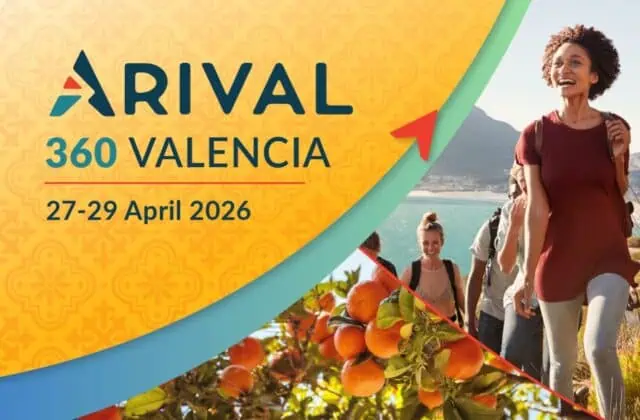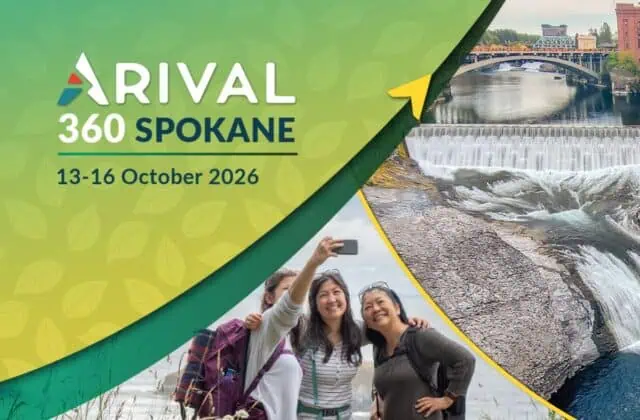If you’ve worked in tours, activities, attractions and experiences for more than five minutes, you’ve probably noticed it: museum tickets, jet ski rentals, food tours and day excursions. They are all part of our sector, and they can all sit next to each other on a search results page on a travel website. However, as traveler experiences, and as businesses, they could not be more different.
Another thing you may have noticed if you’ve been working in the tours and activities sector for a while: there is little in the way of a common language. Many operators, online travel agencies (OTA), tech companies, and many other tourism organizations — most have their own way of labeling and organizing this incredibly diverse world of experiences.
Why? Well, “travel experiences” isn’t a single industry. It’s really an umbrella over hundreds of different types of businesses: from whale-watching cruises to zipline parks, from escape rooms to guided hikes, from cooking classes to hop-on hop-off buses.
If we are going to talk about our sector as an industry, compare trends, measure markets, and design tools that bring our industry together, we need a common language. This won’t happen overnight, and we don’t expect everyone to start using this. But we thought we could help the industry work towards a unified taxonomy. If you are building something for our industry, or have built something for our industry, and this helps you organize and classify your services, this is for you.
Why We Built the Arival Experiences Taxonomy
We have been building our operator categories taxonomy since we started Arival in 2017 to help us understand and describe the marketplace.
We use our taxonomy to:
- Organize companies attending Arival events, so we can better connect attendees with peers and potential partners.
- Structure our market research and surveys, ensuring that when operators and travelers answer questions, we’re comparing apples to apples (and not aquariums to airplane tours).
- Size the market and analyze trends in our research, so we can measure how different types of experiences are growing and changing.
What’s in a Name?
One challenge our industry faces is that every company has developed its own classification system. OTAs (online travel agencies), booking systems, destination marketing organizations and other tourism associations all slice the experiences pie a little differently, or use different terms for the same or similar products.
That’s why we’re publishing our taxonomy: it’s not the final word, but perhaps it can be a starting point for building some alignment across the sector.
If you’re a company building something for the experiences sector — whether it’s a booking platform, marketplace, DMO portal, or research project — and you need to classify or label product categories, maybe this can help.

13-16 Oct 2026
Insider Pro Access Members Save 20%
THE event of the year for creators and sellers of destination experiences to connect, learn & grow.
Get your Super Early Bird Ticket Today!
How the Arival Operator Taxonomy Works
Our taxonomy has four levels, from broad to specific:
1. Operator Type (5)
This is the highest level, with five classifications:
- Activities – any bookable activity in which the traveler participates in-destination, such as hiking, trekking, rafting, snorkeling, spa and wellness, educational or cultural classes, sporting activity (golf, tennis, ski, etc.), recreational activities (escape rooms, zip line) and more.
- Attractions – ticketed, fixed points of interest such as a monument, museum, zoo or amusement park.
- Events – performing arts, sporting events or festivals where the traveler is a spectator.
- Tours – operators of tours and excursions in-destination, whether by bus or car, boat, plane or foot (walking tour).
- Transportation – this includes transfers, ferries and other forms of ticketable ground transportation for travel.
2. Business Type (22)
This level allows us to group different experience businesses into meaningful subcategories within the main operator categories. For example, within Tours, key business types include active adventure, food & drink and sightseeing.
3. Experience Type (133)
Experience type goes one level deeper. For example, some experience types within “food & drink” include beer tastings & tours, food tours and cooking classes.
4. Experience Detail (343)
The experience detail provides one additional level of segmentation. Following on the “food & drink” example, under “beer tastings & tours” are pub crawls and brewery tours. Under “food tours” are street food tours, pastry tours and chocolate tours.
Here is an example of how the hierarchy works for select Food & Drink categories.
| Operator Type | Business Type | Experience Type | ExperienceDetail |
| Tours | Food & Drink | Beer Tastings & Tours | Pub Tours |
| Beer Tastings & Tours | |||
| Beer & Brewery Tours | |||
| Cooking Classes | Cooking Classes | ||
| Food Tours | Dining in a Local’s Home | ||
| Pastry Tours | |||
| Street Food Tours | |||
| Taco Tours | |||
| Food Tours | |||
| Chocolate Tours |
Overlaps: What Goes Where
Here’s where it gets tricky: real-world experiences often don’t fit neatly into a single box.
Take boat tours:
- A high-speed tour along a rugged coastline? That’s Active / Adventure.
- A leisurely sunset sail or city cruise past historic landmarks? That’s Sightseeing.
- A wine-tasting cruise in a vineyard region, or a party on a paddle boat? That’s Food & Drink.
And what about wildlife tours? Should that be Active / Adventure or Sightseeing? (We put it in Active / Adventure.) Should family entertainment centers, or FECs, be an attraction (it is a ticketed, fixed point of interest) or an activity? We put it in Activity.
Our taxonomy tries to strike a balance: enough structure for consistent classification, but flexible enough to account for overlaps. This is also why the labels in the most detailed category – Experience Detail – could also serve as tags or attributes. They add layers of description without forcing a single choice.
Why We’re Sharing This
Our taxonomy is far from perfect. It’s a work in progress, and it always will be. But the industry needs a shared starting point. And startups and those looking to build services and products for our industry need a starting point most of all.
So we’re putting it out there. Download it, use it, adapt it. And tell us what you think — what’s missing, what’s confusing, what needs to change.
The Arival Operator Taxonomy
These are the two top levels of the Arival taxonomy. To access the full taxonomy, log in or sign up to become an Arival Insiders Free member. (In case it’s not obvious in the name, it’s free!).
| Operator Type | Business Type |
| Activity | Air-based adventure, activity, or rentals |
| Cultural activity, experience or classes | |
| Land-based adventure, activity, or rentals | |
| Water-based adventure, activity, or rentals | |
| Wellness | |
| Attraction | Amusement & Theme Parks |
| Cultural Sites & Landmarks | |
| Museums & Galleries | |
| Natural Attraction | |
| Observation Decks & Towers | |
| Zoos & Aquariums | |
| Event | Festivals |
| Performing arts | |
| Sporting event | |
| Tour | Active / adventure |
| Boat Tours | |
| Cultural & Specialty Tours | |
| Food & Drink | |
| Multi-day Tours | |
| Sightseeing | |
| Tour of a specific attraction | |
| Transportation | Transportation |
Become an Insider Pro Access member today and get access to the full library of Arival research, plus many other benefits such as free consulting sessions, special discounts and 20% off in-person events, starting from $179 per year.
Sign up to receive insights tailored for the in-destination industry as well as updates on Arival.
